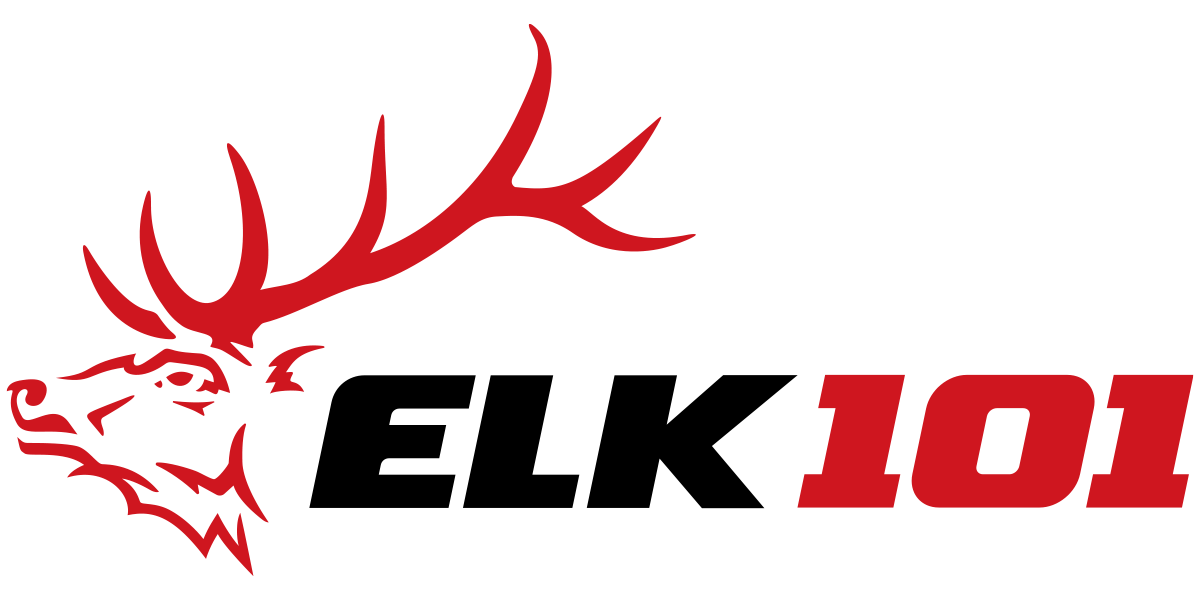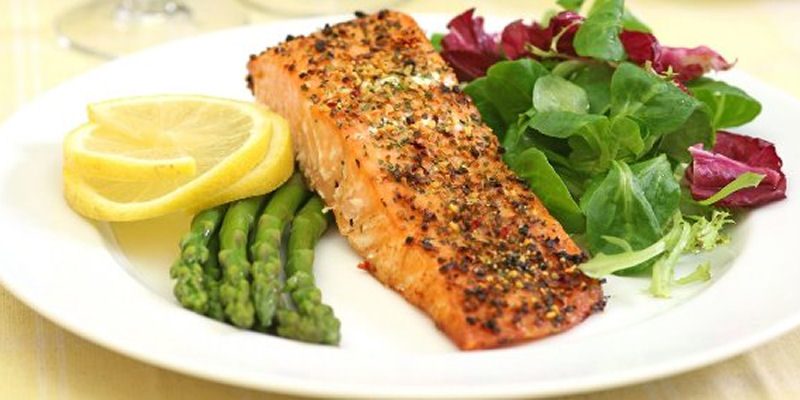Eating Healthy – Off-season Diets
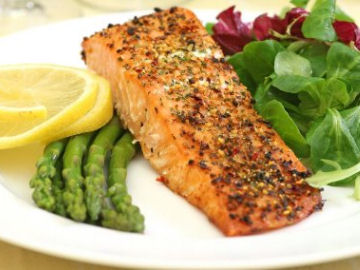
As I walked through my front yard the other day, I noticed the tulips were starting to poke their heads out of the ground signaling the completion of a long, cold winter here in Utah. Unlike the animals we hunt, most of us have not been scavenging for food sources to stay alive for the past 3 months; in fact, it’s probably just the opposite. It’s pretty easy to justify the holiday treats and huge helpings of mashed potatoes and gravy. However, there is only five months until the opening of elk season here in Utah. It’s time to get serious and start passing on the greasy fast food and stick to a game plan of healthy eating and exercise to make sure we are at peak performance come opening day.
Let me make one thing clear; I’m not a dietitian. But then again, eating healthy is not rocket science. It just takes a little bit of knowledge and some willpower along with a good amount of exercise to achieve great results. In this article, I’m going to outline a few tips that have worked for me.
Tip #1 – Watch Portion Sizes to Manage Your Calorie Intake
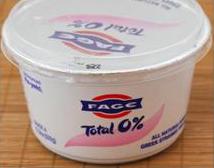 Let’s just begin with some basic math. If you eat more calories than you burn, then you gain weight. Conversely, if you burn more calories than you eat, you will lose weight. “Lose It” is a free app that I downloaded on my iPhone. Once you create an account, you can start by setting some goals and entering some basic information about yourself. Then you can scan barcodes or input the foods you eat on a daily basis. I did this for several months until I knew about how many calories I was consuming based on the foods I was eating. It is also very effective at teaching you which foods to eat and what to pass on.
Let’s just begin with some basic math. If you eat more calories than you burn, then you gain weight. Conversely, if you burn more calories than you eat, you will lose weight. “Lose It” is a free app that I downloaded on my iPhone. Once you create an account, you can start by setting some goals and entering some basic information about yourself. Then you can scan barcodes or input the foods you eat on a daily basis. I did this for several months until I knew about how many calories I was consuming based on the foods I was eating. It is also very effective at teaching you which foods to eat and what to pass on.
Tip #2 – Drink Lots of Water
Water helps flush our systems of waste products and toxins, yet many people go through life dehydrated—causing tiredness, low energy, and headaches. It’s common to mistake thirst for hunger, so staying well hydrated will also help you make healthier food choices. The only downside to drinking lots of water is the amount of time you spend in the bathroom.
Tip #3 – Don’t Skip Breakfast
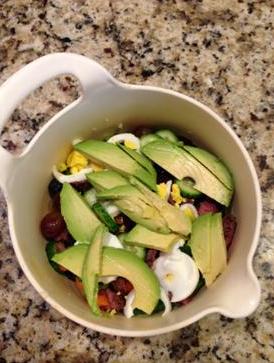 A healthy breakfast can jumpstart your metabolism, and eating small, healthy meals throughout the day (rather than the standard three large meals) keeps your energy up and your metabolism going. I love to eat eggs and they are one of the best sources of protein available. At least 3 days/week, I will make a protein shake with Whey protein, fruit, fage greek yogurt and a little fresh spinach.
A healthy breakfast can jumpstart your metabolism, and eating small, healthy meals throughout the day (rather than the standard three large meals) keeps your energy up and your metabolism going. I love to eat eggs and they are one of the best sources of protein available. At least 3 days/week, I will make a protein shake with Whey protein, fruit, fage greek yogurt and a little fresh spinach.
Tip #4 – Eat Elk
My favorite protein by far is grilled elk. You’ve worked hard to get the elk in the freezer, now use it. Some of my favorite ways to prepare elk include: Elk steaks, elk spaghetti with whole wheat pasta, elk hamburgers wrapped in lettuce instead of a bun, and my absolute favorite is strips of elk over a spinach salad (recipe included below).
Tip #5 – Snack Smart
Include snacks as part of your daily calorie allowance. I really like to snack on raw almonds and homemade elk jerky. The sodium in jerky is probably a little high but the lean elk jerky just can’t be beat. I also make sure I have a good supply of apples, oranges, bananas, carrots, etc. to snack on during the day.
Tip #6 – Avoid Processed Foods (including fast food) and Sugar
At my work, it is amazing to me to see how much junk food is consumed: donuts, soda, pastries, fruit juices, and cookies. If you look at the labels on this stuff, it is loaded with all kinds of processed junk and sugar or sugar substitutes. Like I mentioned earlier, I’m not a dietitian, but just listen to your body and if you feel like crap after eating this stuff, it’s because it’s just that – crappy for your body.
Elk Spinach Salad
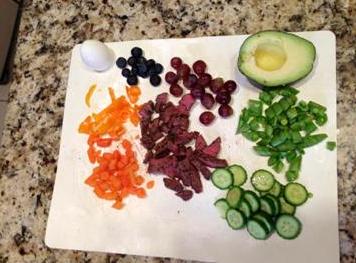 2 C. Spinach
2 C. Spinach
1 C. sliced Elk meat (grilled medium rare)
½ C. chopped carrots
½ C. chopped peppers
½ C. chopped peas
1 sliced cucumber (mini)
Handful of grapes and blueberries
1 Hard-boiled egg
½ Avocado
Sprinkle with coarse pepper
1 T. Olive Oil/Vinegar dressing
